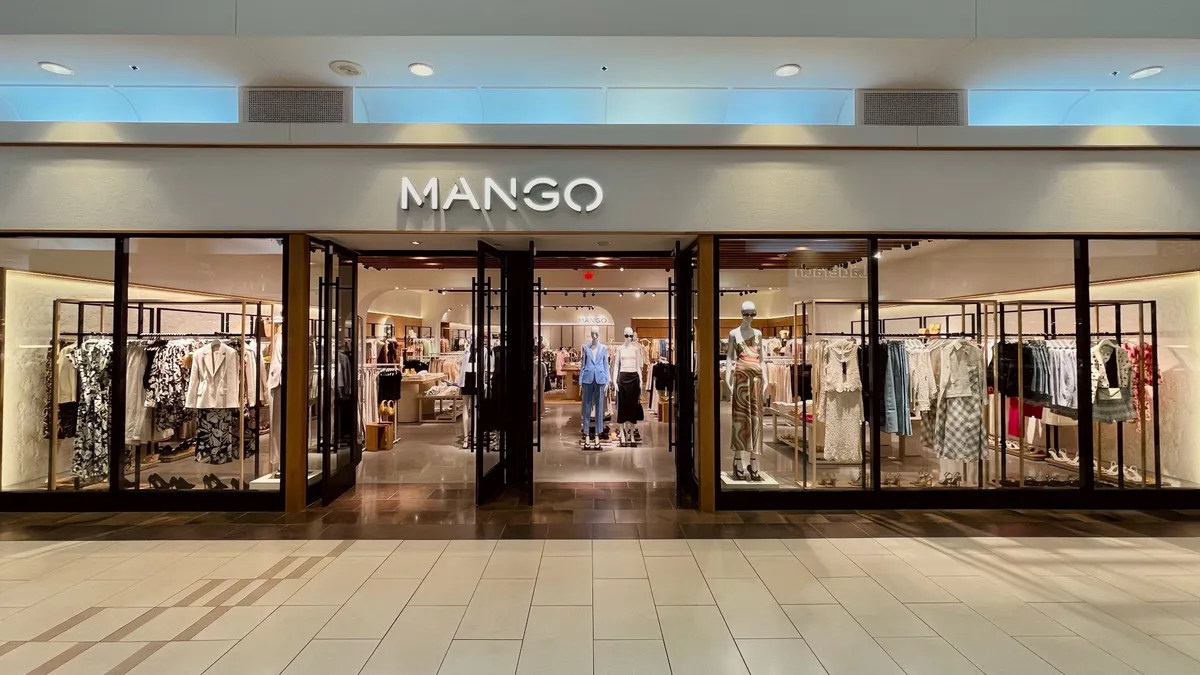Two multinational pharmaceutical companies merge. They have 20 different transactional systems between them. The first thing they ask from their software vendor is real-time visibility into their supply chain operations. They want to search for product suppliers and see all their connections. They want to visualize their stock inventory at any point in time.
They know artificial intelligence (AI) can help provide that 360-degree visibility.
While the last 40 years were about transactional automation, the game is now cognitive automation, affecting how decisions are made and executed, Frederic Laluyaux, president and CEO of Aera Technologies told Supply Chain Dive.
How AI enables the “self-driving enterprise”
Leveraging the company’s operating system, cognitive software like Aera can learn how the business works from the inside and the outside, making real-time recommendations, predicting business outcomes and enabling autonomous actions.
Supply chain managers want recommendations and optimization, whether for supplies or working capital. Algorithms can handle demand-supply chain optimization. While it's not yet fully autonomous — planners using Aera check the outcome before it’s operationalized — it could be.
"Once it learns over time, the level of autonomy will increase. You need the algorithm every step of the way. It gets intelligent data, indexes it, applies the algorithm, analyzes the impact of decisions and provides feedback in the loop," said Laluyaux.
For example, a supply chain planner might get a phone alert from the Aera system, saying "there are five open orders in Mexico that have no matching inventory. I found excess inventory in Brazil. If I shipped it to Mexico, you can close the open orders and save $10 million. Do you want me to do it?" The planner can say yes, ask for more information, or delay while talking to others about it or doing research.
No matter what the planner chooses, the system keeps a record of all alerts and actions, which a higher-level executive can review for a better understanding of how all company business decisions are made. The executive can weigh in and change some of the factors, like increasing or decreasing the amount of safety stock, and use the data to influence decisions throughout the company; the machine learning will adapt as well.
Why artificial intelligence is news now
While AI is gaining steam in supply chain operations, the concept isn’t new. What is new is the ability to do it.
"We’ve been thinking about this for 10 to 15 years," said Laluyaux. "To do it on, a massive scale with 1.2 billion rows of transactional data per day per customer, to handle very complex models and do it in real time," that’s new. What changed is the massive amount of cheap computing power in the cloud.
When enterprise got access to open source components from internet platforms like LinkedIn, Yahoo and Facebook, that allowed it to take the massive internet-scale technology and apply it. “We don’t have to explain to the customer the value of what we do. They understand that. They just couldn’t do it before,” Laluyaux said.
"The need is so obvious, customers are saying ‘where have you been?" and customers are asking how the software can handle their company’s complex needs and volumes, to allow users to make real-time decisions.
AI applied to global shipping
ClearMetal also uses AI for visibility, to solve inefficiencies in the global shipping industry.
Their software, used by freight forwarders, terminals, 3PLs, end manufacturers and retailers, allows them to predict the movement of goods, rather than guessing or approximation. "There’s a lot of manual processes in predicting the time of the ocean carrier’s arrival," said Bryan Nella, director of marketing at ClearMetal.
To build their machine-learning algorithm, they rely on the significant amount of data already at the customer’s disposal, including raw orders and EDI signals. Retail and manufacturers are using ClearMetal to accurately predict inland destination and shipping times for air and ocean freight, to meet inventory demand. With better predictions of partner performance, they can reduce on-hand inventory.
"Our priority is delivery dates, so for us to say cargo can arrive in Shanghai at this (hypothetical) date, our customers really value that and trust that data, that there won't be a disruption in their supply chain," said Alejandra Dorronsoro, senior international logistics manager of Georgia Pacific, one of ClearMetal's clients.
"One of the biggest reasons we do this with ClearMetal is because our customers need to plan how to manage inventory levels," said Dorronsoro.
Other ways to use AI
| Industry / Function | Use case |
|---|---|
| CPG sales representative | Define the amounts a sales representative should spend on promotions, at specific stores |
| Retail store manager | Determine the right amount of merchandise to put on store shelves |
| Supply Chain | Pull together finance, sales and operations data for production decisions |
Nella gives an example of a retailer experiencing earlier than expected cold weather in the Northeast. The retailer might want to put winter apparel out earlier to capture more sales. If the products are due to ship via ocean carrier, and AI projects that the goods will arrive in 10 to 14 days, it may be better to ship via air. It’s more expensive, but the retailer sells more. If the predictive intelligence shows an ocean-bound container arriving within six days, though, and the retailer has 95% confidence in this prediction, the retailer may choose not to spend the extra money on air shipping.
The ClearMetal platform is also used by operators to predict container flows and optimize their yards. They can use historical data, but also triangulate real-time data from partners to more accurate visibility and updates.
It’s all about the data
Garbage in – garbage out also isn’t a new concept, but it’s appropriate for artificial intelligence.
Transactional data from multiple systems must be harmonized and indexed before it’s processed. That validation takes place during implementation, but building user trust in the data takes longer. To ensure that projections and algorithms are accurate, Laluyaux says they test them with historical data. If the data is off, the system tries to self-correct and they’ll try to determine what is different now than it was then, like whether some programs are now scaled, to make sure they’re comparing apples to apples.
Also, metrics might be defined differently based on the country. “The core of what we do is harmonizing data,” Laluyaux said. A better quality of data drives better algorithms.
We don’t have to explain to the customer the value of what we do. They understand that. They just couldn’t do it before.

Frederic Laluyaux
President and CEO, Aera Technologies
ClearMetal also says the core thing they do as a provider is data ingestion, cleaning up the customer data. They pull in the previous year’s EDI signals, correcting errors and time sequence gaps, for example, and triangulating data between parties, modes and patterns. That data is fed into the AI machine, where it predicts the path based on past actions, applying it to the future.
The more data they have, the more useful it is. ClearMetal incorporates other customers’ data, without allowing anything proprietary to be shared. "The more parties, people and data, the richer the pool of data becomes; the more powerful," said Nella.
Eventually ClearMetal will also use the internet of things to pull in data for real-time updates, in addition to using historical predictions. They have the capabilities to do it now, but customers have not yet signed on for that.
"Ideally, five years from now, we’ll get to the point where there’s an AI toolkit or operating system that any supply chain is operating from, where there’s no more guesswork," said Nella. "Engines are talking to each other. There’s transparency. Every network, every party in the mode, knows where they are and when it will arrive. If something shifts, it’s factored in. The entire network has visibility to know (the) status of movement of goods."
— Kate Patrick contributed to this story





















